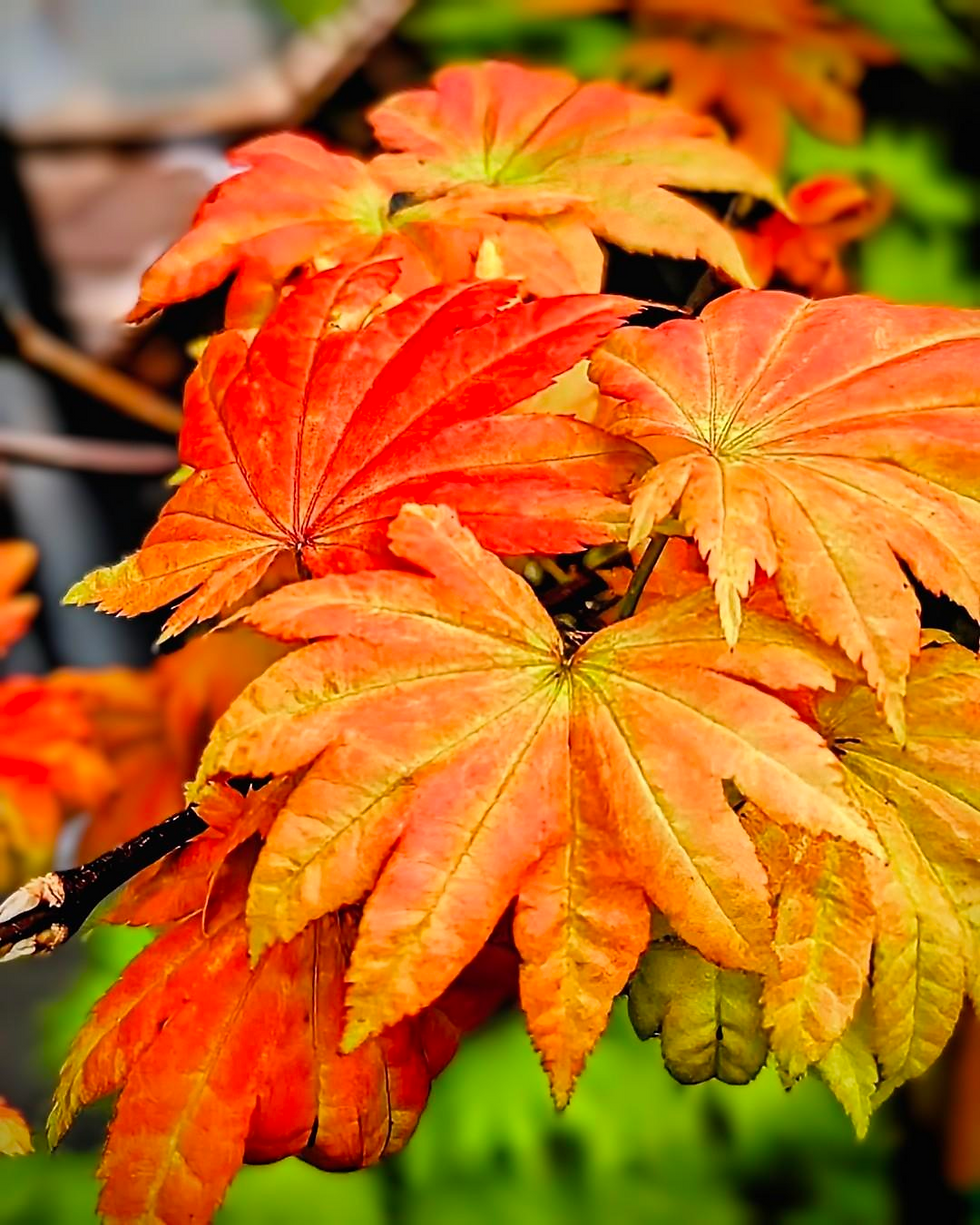Root Genie Essentials: How to Use Our Watering & Fertilizing System for Exceptional Results
- Lutz Reissmann
- May 16
- 4 min read

We're committed to help you get the most out of your Root Genie watering and fertilizing system, so let's get started on your watering and feeding journey!
Optimal Hole Placement: The Secret to Efficient Watering and fertilization
When it comes to watering and fertilizing, where you place the holes matters. By positioning them strategically, you'll ensure efficient water and nutrients absorption, reduce waste and runoff, and promote healthy plant growth. Try to avoid placing holes near roots or future foliage growth and stick to the same locations each time you water.
Determining Your Plant's Root Zone: A Quick Guide
When planting, it’s essential to determine your plant’s root zone, which will also guide you when you start watering and feeding your plant. Here is a short but handy guide to help you find the right root zone for different types of plants. Remember, it’s crucial to always check your plant’s tag or label, consult the seed or bulb package for specific recommendations, or refer to professional plant sources online.
Trees: For example, consider a mature Oak tree, which can grow 60-80 feet tall! Oak trees typically have deep, expansive root systems. To determine the root zone for planting, aim for a planting hole that’s at least 3 times the width of the root ball and about 2-3 feet deep. This allows the roots to spread out comfortably and access vital nutrients.
Shrubs: Let’s take the Hydrangea as an example. These shrubs appreciate a root zone that’s 1.5 to 2 times the width of the root ball and about 1-2 feet deep. This will provide them with ample room to grow and flourish while also ensuring good drainage.
Perennials: For a perennial like the Echinacea (Coneflower), a root zone of about 12-18 inches wide and deep will suffice. Since they have more shallow roots, providing enough space for them to establish will help them thrive through the seasons.
Extra Tips:
Always consider the soil type in your planting area. Well-draining soil is essential for healthy root development.
Assess the sunlight, natural water flow, and moisture levels in your chosen spot to ensure ideal growing conditions. Be sure to check for areas where water may pool without draining properly or where the soil may be too dry.
Consider adjacent plants that may absorb the water intended for your newly planted tree, such as large established trees like oaks or water-thirsty trees like magnolias.
Setting Up Your Root Genie Watering and Fertilizing System
Attach the Root Genie watering and fertilizing system to your fertilizer can or water sprayer. For fertilization, follow your organic fertilizer instructions for the ratio per gallon of water.
Connect it to your garden hose.
Use a threaded pistol nozzle or a simple one-way shut-off valve to control water flow. This is indispensable when watering newly planted trees, plants on slopes, or when providing nutrients and fertilizers.
Watering Instructions: Step-by-Step
Insert the wand into the soil near your plant's root zone. The depth will depend on your original container size or the root size for established plants:
Larger containers (over 10 gallons and 20 inches high): 12 inches deep.
Smaller containers (1, 3, 5, and 7 gallons): 6-10 inches deep.
Start with low water pressure, gradually increasing it as needed. Do not go too fast, as the hole will fill up too quickly and overflow before the soil reaches its water-holding capacity.
Water until the topsoil feels moist or you see minimal water runoff below the mulch.
Repeating the process in additional holes according to your plant's root ball size.
Cover the holes with organic plugs or soil to prevent moisture loss.
We recommend using a water flow meter to gain a clearer understanding of how much water you're using during watering and fertilizing. This will help guide you the next time you plan to use fertilization products or water your plants.
Creating a Watering and feeding Grid: A Simple yet Effective Technique
For larger plants, start by creating a circular grid in your well-prepared soil with holes spaced 10-12 inches apart. The exact distance will depend on the size of your plant.
For smaller plants like perennials, vegetables and annuals: Create a grid with holes spaced 6-8 inches apart.
After watering and feeding, use a moisture meter to see if you need to add more holes or reduce the number you have.
As a general rule, more holes do not mean better watering, for big plants, having at least 4 holes is ideal. The trick is to let the wand slowly release water. Keep an eye on your moisture meter readings to find out if you need to adjust the pressure, duration, or number of holes for your next watering session.
Additional Tips and Reminders
Use a moisture meter to check moisture levels before watering or fertilizing.
Consult with a gardening expert or your local extension service for personalized advice on watering frequency and volume, as well as proper nutrient feeding routines for your plants.
Keep an eye on seasonal humidity levels and rainfall and adjust your watering schedule accordingly.
Optimizing Water Flow Using On/Off Valves. This allows for a slower drip rate, ideal for most plants and Regulates water pressure, preventing soil disturbance.
When using a Grip Water Pistols: Apply controlled pressure and slow, steady flow to prevent soil disturbance.
Please use our contact form if you still have questions after reading this guide. We're here to help you every step of the way.



Comments